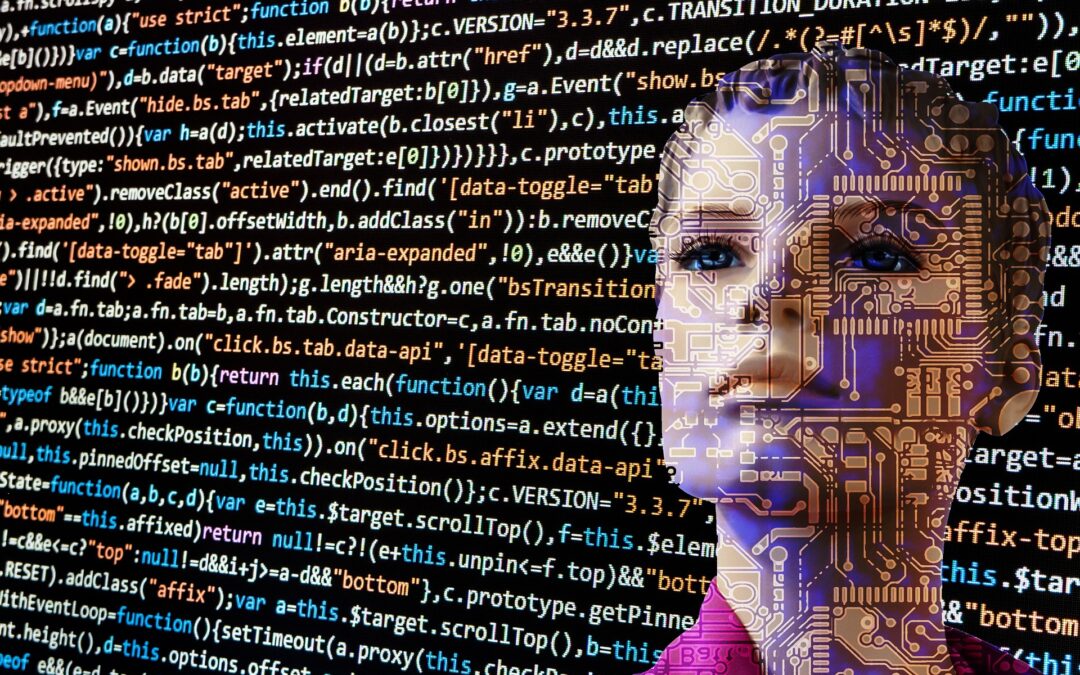Luc Steels: Is the next Edvard Munch an AI program?
AI is rapidly penetrating all sorts of human activities and also the production and distribution of art works. But can a computer equipped with an AI program really make art? Can it really compose music? This question confronts us with a host of subquestions: What is art? What is creativity? What is the meaning of a painting or a musical work? What does it mean to experience an art work? Can a machine ever have such an experience?
How exactly do AI programs that are claimed to make art, work? And where does that leave human artists?
Based on the analysis of concrete examples, this talk explores these questions but concludes that there is an enormous gap between human-created and AI-generated artistic works. Simply stated, AI machines lack meaning, understanding and therefore true creativity that matters to us.
Professor emeritus Luc Steels has a life-long career in AI research, starting at the MIT AI lab in the late seventies under the supervision of Marvin Minsky. He explored many areas of AI, from computational linguistics and knowledge-based expert systems to machine learning and cognitive robotics. He was founding director of the AI lab at the Free University of Brussels from 1983 and founding director of the Sony Computer Science Laboratory in Paris from 1996. From 2011 he was a fellow at the Institute for Research and Advanced Studies (ICREA) in Barcelona.
In 2022, Steels was awarded the EURAIDistinguished Service Award, the highest distinction for AI in Europe. Steels also has a life-long engagement with the arts, collaborating with visual artists and theatre makers and writing two operas (Casparo and Fausto) about themes related to the societal impact of AI.
DKNVS/Kunnskapsbyen sponser Breakspearforelesningen. Mandag 30. januar kl 1800 i Trondheim Katedralskoles gamle festsal.
